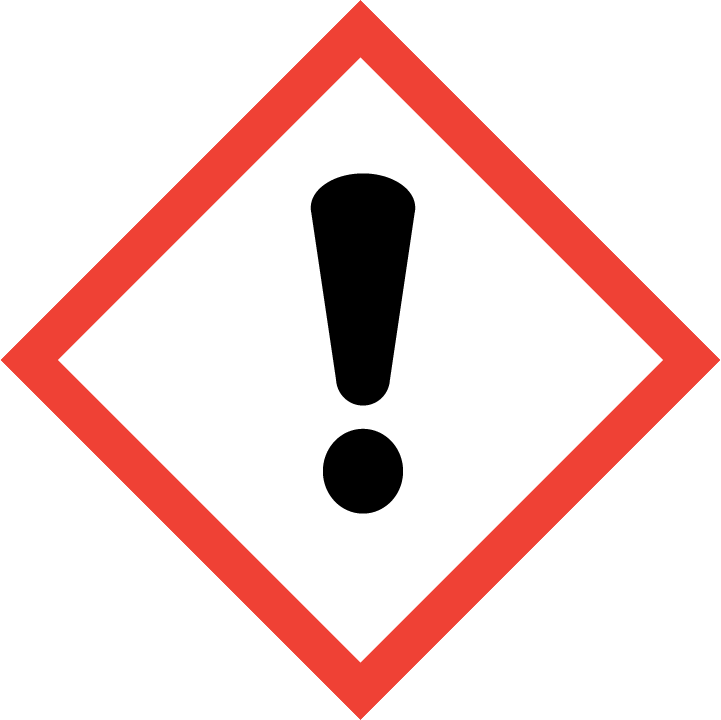1-Chloroadamantane, a chemical compound also known as 1-chlorotricyclo[3.3.1.13,7]decane, plays a versatile role in chemical synthesis. This halogenated adamantane derivative serves as a valuable building block in the creation of various organic compounds due to its unique structural properties and reactivity.In organic synthesis, 1-Chloroadamantane is commonly utilized as a precursor in the preparation of more complex molecules through functional group transformations. Its stable three-dimensional structure and the presence of a reactive chlorine atom make it an ideal starting material for the introduction of different functional groups.The reactivity of the chlorine atom in 1-Chloroadamantane allows for selective substitution reactions to occur, leading to the formation of new carbon-carbon or carbon-heteroatom bonds. This compound can undergo nucleophilic substitution, radical reactions, and transition metal-catalyzed transformations to generate diverse organic products.Furthermore, 1-Chloroadamantane's rigid and cage-like structure imparts specific stereochemical outcomes in reactions, making it a valuable tool in asymmetric synthesis and the creation of chiral molecules. By strategically incorporating this compound into synthetic routes, chemists can access a wide range of structurally complex and biologically active compounds efficiently.Overall, the strategic use of 1-Chloroadamantane in chemical synthesis enables the synthesis of novel organic molecules, natural product derivatives, pharmaceutical intermediates, and advanced materials with tailored properties. Its unique reactivity and structural characteristics make it an indispensable component in the toolkit of synthetic chemists seeking to access diverse chemical space and explore new avenues in molecular design and discovery.
